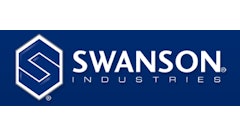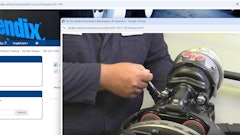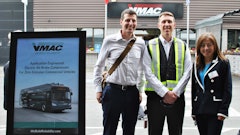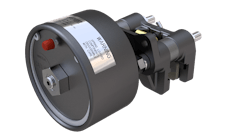With a major change in North American commercial vehicle braking systems coming in the form of a migration toward Electronic Braking Systems (EBS), Bendix Commercial Vehicle Systems LLC is working closely with truck manufacturers to prepare fleets and drivers for what the technology will bring. EBS differs from ABS (antilock braking systems) in that brake pressure is controlled electronically on every brake application – versus ABS, where that control signal is pneumatic.
“EBS has been in use in Europe for two decades, so it’s absolutely an established, road-tested safety technology,” says Richard Beyer, Bendix Vice President – Engineering and R&D. “Now in North America, the dual factors of advanced driver assistance systems (ADAS) and electric-powered vehicle development are driving the industry toward making EBS the base brake control system, and we know people have questions about what that means. Within three to five years, Bendix anticipates EBS will become standard in many applications, so we believe the time is right to increase awareness of this technology in the marketplace.”
What Is EBS?
EBS is an extension of existing FMVSS 121-compliant braking technology that now allows functions in the brake system to be electronically controlled. While these controls enable EBS to deliver new brake system features, including smoother braking, and improved brake balance and feel across different load conditions, it also allows automated driver-assist features to activate braking much more frequently than current ABS systems.
More precise control during every brake application – even at the individual axle and wheel-end levels – means the benefits of EBS are realized during automated braking interventions of advanced driver assistance systems like Bendix® Wingman® Fusion™, Bendix’s flagship collision mitigation technology.
“Customers seeking smoother ADAS braking will find EBS delivers,” Beyer says. “These advanced capabilities also make EBS suited for regenerative braking on an electric vehicle by blending the pneumatic braking with retardation of electric engines. EBS also supports the ISO 11688 tractor-trailer Controller Area Network (CAN) interface for enhanced communication.”
Beyer continues, “And because the air remains the actuation means, EBS helps fill the need for redundant systems. We’re not changing the fundamentals of braking, so if there’s some kind of electrical failure, the pneumatic system remains in place and operable even when EBS is not available. And every step of the way, we’re working together with our industry partners to shape tomorrow’s transportation into one that’s as safe and efficient as possible.”
A Technology for the Future
From a maintenance standpoint, there won’t be a need to retrain technicians on a wholly new system, since most of the air brake components and processes remain the same as current standards. Plus, using Bendix® ACom® PRO™ advanced diagnostic software, maintenance professionals will be able to troubleshoot and maintain EBS functionality. With fewer components, EBS offers simplified installation compared with ABS. Additional uptime benefits can be realized through the advanced prognostics made possible by additional data available with an EBS system, including brake lining wear-sensing and control on properly equipped air disc brake wheel-ends.
“As always, we’re looking to the potential of future solutions, so it’s also worth noting that EBS technology will lay the foundation for Global Scalable Brake Control,” said Beyer. “In addition to the control unit, a manufacturer will be able to install various actuators, sensors, and modulators in a customizable configuration, depending on which functions are required by different vehicles and markets.”
Beyer also noted that EBS technology complements continued development of Bendix® Wingman® Fusion™ collision mitigation technology to include additional higher levels of automated safety functions.
Bendix emphasizes that commercially available safety systems like Wingman Fusion are intended to complement safe driving practices, and not to encourage or enable aggressive driving. Skilled, alert drivers practicing safe driving techniques and supported by ongoing, comprehensive training remain at the heart of highway safety, and responsibility for the safe operation of a driver assistance system-equipped vehicle remains with the driver at all times.
![Sa P75 I Sahr[80]](https://img.oemoffhighway.com/mindful/acbm/workspaces/default/uploads/2025/10/sa-p75-isahr80.Cn3n79HB4H.jpg?auto=format%2Ccompress&fit=crop&h=100&q=70&w=100)


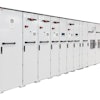

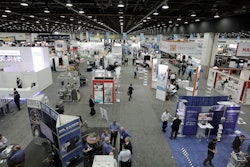
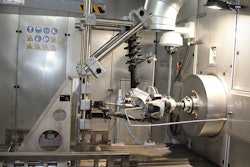

![Sa P75 I Sahr[80]](https://img.oemoffhighway.com/mindful/acbm/workspaces/default/uploads/2025/10/sa-p75-isahr80.Cn3n79HB4H.jpg?ar=16%3A9&auto=format%2Ccompress&fit=crop&h=135&q=70&w=240)

